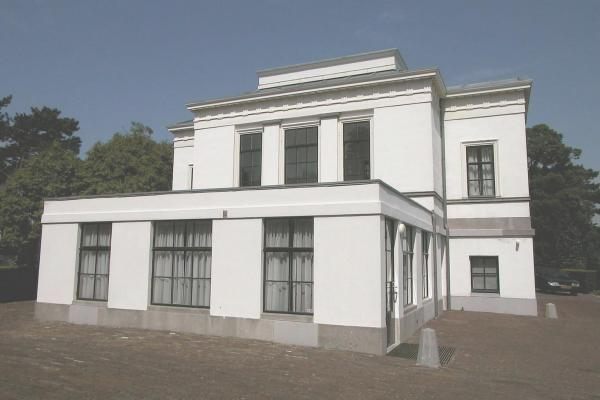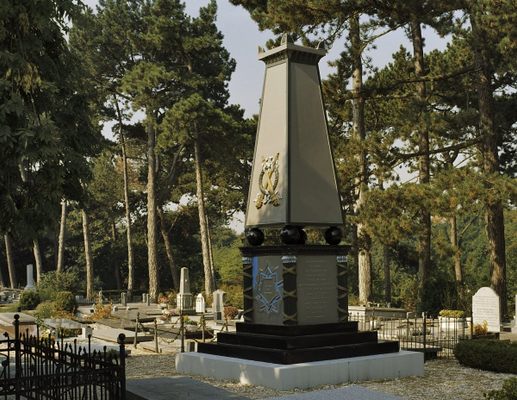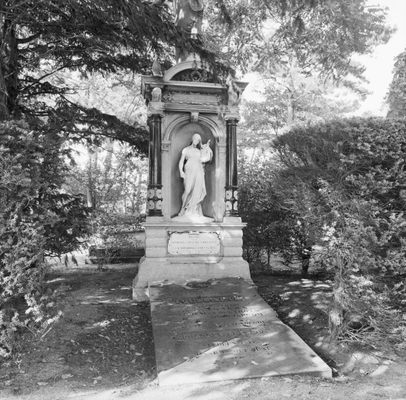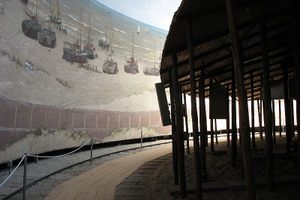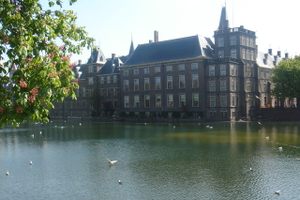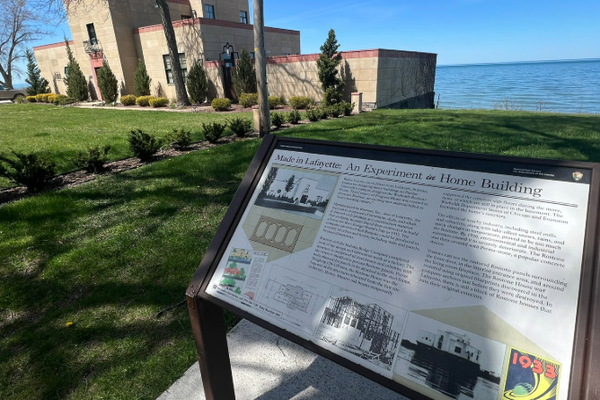About
Located in the Kerkhoflaan general cemetery in The Hague, the Apparent Dead House looks like a sunny piece of modern architecture but its origins are anything but bright.
Originally built in 1830 by a city architect, the dead house was originally used to house the recently dead. Before medicine was more adept at identifying the truly deceased, the recently dead would be moved into the building's central room and attendants would check them for signs of life for days after their apparent death. The professional death-watchers would place feathers and mirrors in front of the corpse's faces to check for breath, and the bodies were attached to an elaborate system of strings and bells so that any movement would be immediately detected.
Most of these establishments from around the world have been demolished, but the Apparent Death House in the Kerkhoflaan 12 Cemetery stands as a monument to the strange science of death.
The Kerkhoflaan cemetery is one of The Hague’s most beautiful, historic and forgotten wonders. Hidden between a forest and the embassy district, it is the final resting place of countless notable figures from Dutch history.
Some of the most notable residents of the graveyard include two former prim ministers (including Thorbecke, who wrote the Dutch constitution in the wake of the European revolutions in the 19th century), a myriad of writers, painters, military leaders, a governor of the colonial Dutch East Indies and politicians (including Pieter Jelles Troelstra, a socialist politicians who famously led the failed revolution of 1918). The cemetery is riddled with historic graves and monuments, including a large obelisk dedicated to a forgotten Swiss general who perish fighting during the Siege of Antwerp during the Belgian Revolution. Another monument is dedicated to 22 British soldiers who perished during World War 1, of whom eight remain unidentified to this day.
The largest monument is dedicated for the 167 Dutch soldiers that lost their lives in the successful attempt to stall invading German forces just long for the Dutch Cabinet and Royal Family to escape to England. In a case of ill irony, it is rumored that the same cemetery also contains the secret grave of Anton Mussert, the leader of the Dutch Nazi movement. In the dead center of the cemetery lies the Apparent Dead House.
Related Tags
Know Before You Go
Access is very limited and it's used now simply as a reception location for funerals.
Community Contributors
Added By
Published
October 10, 2012
